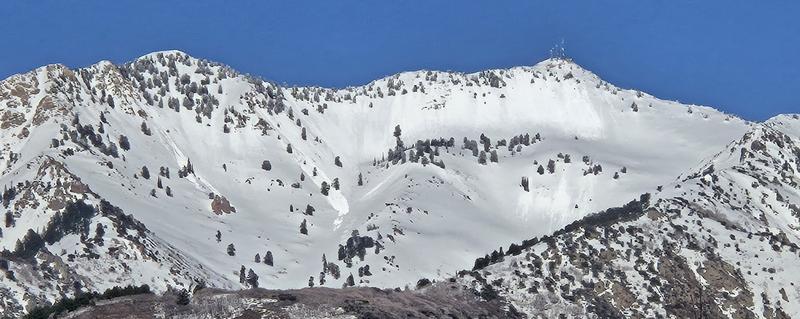Forecast for the Ogden Area Mountains

Issued by Nikki Champion on
Monday morning, April 7, 2025
Monday morning, April 7, 2025
This morning, the overall avalanche danger is LOW, and Normal Caution is advised. However, due to a poor overnight refreeze and a bump in temperatures, expect the danger to rise to MODERATE by midday on slopes facing east, south, and west. As the sun softens the snow, conditions may become unstable—especially on steep, sunlit terrain.
Keep an eye on changing conditions throughout the day. Once the snow turns wet and unsupportable on sunny slopes, it’s a good time to move to cooler, shadier aspects. Give cornices plenty of space—these large overhangs can break farther back than expected and may trigger slides on the slopes below.

Low
Moderate
Considerable
High
Extreme
Learn how to read the forecast here









